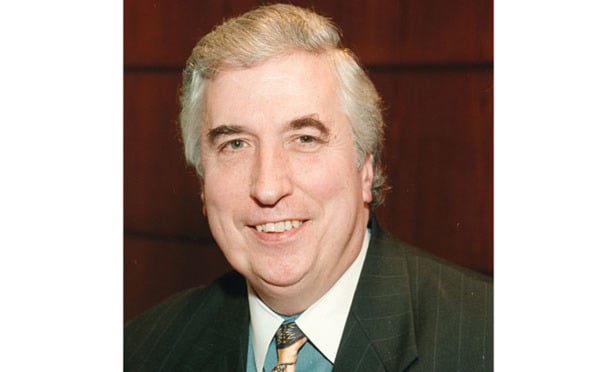Like children on Christmas Eve, securities defense attorneys and corporate executives are waiting in hopeful anticipation for the U.S. Supreme Court’s coming decision in Halliburton v. Erica P. John Fund (Halliburton II), which may overrule the “fraud on the market” doctrine (FOTM) that was announced over a quarter century ago in Basic v. Levinson.1 Academics are divided, with probably the majority fearing the loss of general deterrence if the securities class action is substantially undercut. Conversely, a minority (including this author) believe it is remarkable that FOTM has survived as long as it has because it is extraordinarily ill-suited to the real world of securities fraud (as hereafter explained). A third more nervous group of spectators are the managing partners of litigation-oriented law firms, who know that FOTM’s potential abolition would likely imply a steep decline in securities litigation, which is the staple of their practice. Ironically, some of the securities defense attorneys eagerly awaiting FOTM’s demise may next year be learning how to litigate patent cases. Be careful then what you wish for, as you may get it.
Last week, several of the amicus curiae briefs in Halliburton II were filed with the court, and, in light of them, this column will first survey the arguments being made to the court and then turn to the likely options before the court. It will argue that there is a middle ground available to the court that does not necessitate overruling long-established precedent but that would curb many of the abuses in contemporary securities litigation: namely, to focus the class certification hearing on the likelihood of price distortion (based on event studies and other evidence), while dropping any inquiry into the irrelevant issue of market efficiency. This would enhance defendants’ leverage without burying the securities class action. As usual, both plaintiff attorneys and defense counsel will stoutly resist this compromise and hope for an all-or-nothing victory.



